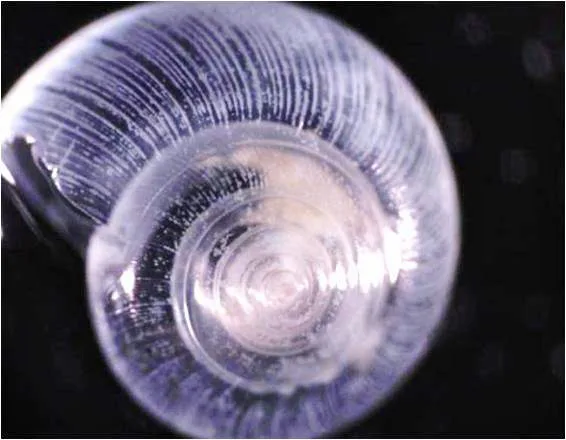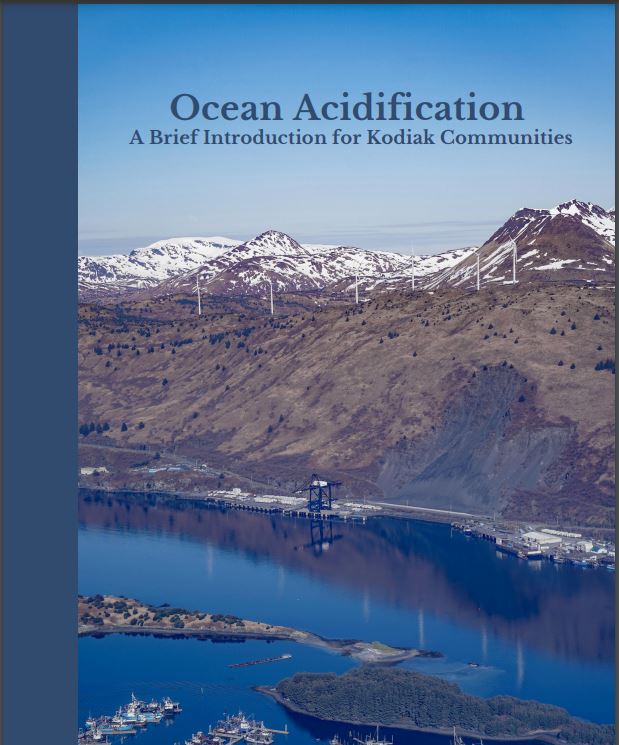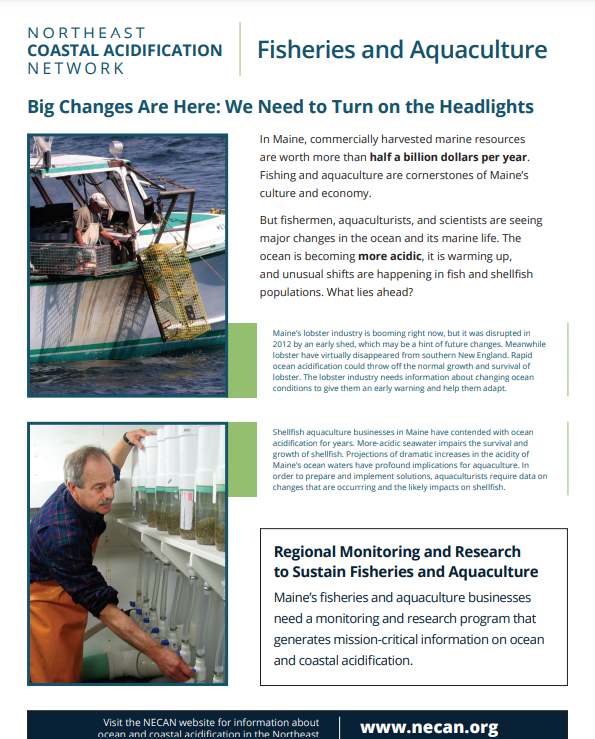Investigating the Trajectory of Ocean Acidification in California
View this fact sheet about investigating ocean acidification along California’s coasts produced by the Southern California Coastal Water Research Project (June 2025).
Investigating the Trajectory of Ocean Acidification in California Read More »













